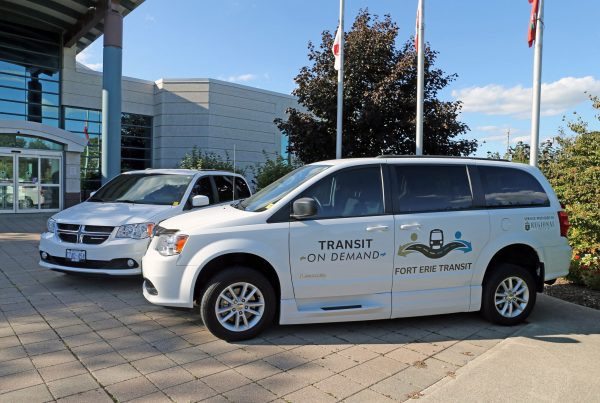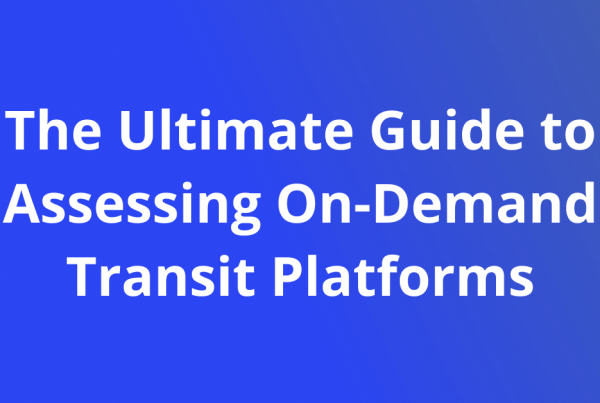A few weeks ago we discussed the need for more innovation in public transit. We had a reason for this. Public transit organizations across the world are facing a simple but daunting challenge, which was helpfully summarized by the 2015 Vancouver Mayors’ Council on Regional Transportation:
“Current revenue sources are not keeping up with a growing population and even faster growing demand for transit service.”
Increasing revenue is of course the most straightforward solution to this problem. But there are other “out of the box” approaches that should be considered as well. In the past few years we have seen an explosion of new applications for people transportation by companies like: Uber, Bridj, Split, Lyft, there are also numerous initiatives being undertaken by municipalities around the world. What they have in common is the use of smartphone based applications to bring vehicles and riders together in an efficient and convenient way. This trend has been referred to as the “personalization of transportation.” Riders have never had more control, information and choices. It is time that public transit organizations began to seriously consider the possibilities this new technology entails for their own systems.
Public transit operators are well placed to reap the benefits of personalization. They have extensive infrastructure, automatic brand recognition, and a mandate to provide the best possible service. What most transit operators do not have is a vision of how they can easily apply this new technology to their existing system. That is where we can help.
Bus routes are the most common service provided by public transit, and they are the most constrained by imbalances between supply and demand. In low density regions like suburbs or rural-urban fringes there is not always enough demand to make providing a reliable bus service cost effective. This is the area of public transit that really needs a new approach. Thankfully, bus systems are inherently more flexible than rail or subways and are well positioned to change after a few simple steps.
Considering the rapid growth of services like Uber that use similar technology, adoption of a new system will not be particularly expensive or difficult. Several applications will be needed to manage it: one for riders, drivers, and operators and a central planner’s. These applications then can be gradually integrated into the existing service. Initially, there will be no change in any routes or any daily operations. Once the applications have been tested, and operators and riders understand the new visibility and control provided, the real change can begin.
The next step will be switching less popular bus routes from a normal schedule to an on-demand system and allowing users to order rides from the application. How does it all work? In essence it is a hybrid system of scheduled routes and on-demand bus service. Instead of only having bus stops placed along fixed routes that buses regularly follow, there are also “collection stations” spread throughout a low-demand area. When a rider gets to one of these stations they use the rider application to request a bus. This type of “pop up” station is similar to what the company Bridj is performing in several cities, but it would be much more powerful when used by a public transit system. This way you can cover a large area with a respectable bus service, without the need for a huge fleet and extensive route network.
We believe, and the Canadian Urban Transit Association (CUTA) agrees with us, that there is a need to spend our transit dollars on not just infrastructure and vehicles, but also on innovation. We need to build new systems; ones based on techniques that are working well elsewhere. A system that can help us conserve our resources while still delivering the best possible transit service. This is what progress is all about, leveraging knowledge and technology in the real world to make life a little easier. So what do you think? Do you have any questions? Do you need more information? Start a conversation in the comments below.




